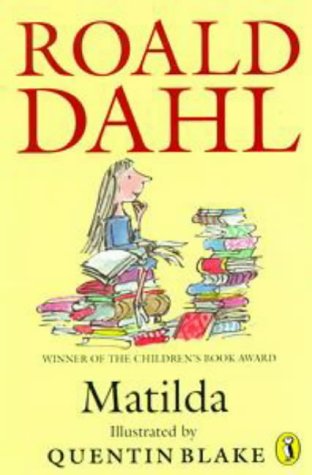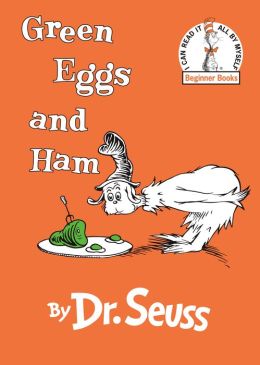Looking for Alibrandi takes us through Josie's final year in high school. Being of Italian descent and from a middle-income home makes her a misfit in the elite private school she attends on scholarship. As if that is not challenging enough, her father whom she has never met suddenly appears in her life and they try to foster some kind of relationship. We also see her blossoming romance with Jacob Coote and how John Barton, whom she has had a crush on for a long time, confides in her during his dark and emotional moments. Throw in a rocky relationship and numerous conflicts with her grandmother and Josie certainly has her hands full.
This story has strong and well developed characters who are real and relatable. Told through a first person perspective through Josie, we get to see both Josie's interactions with the important people in her life as well as her musings and reflections. This gives the narration an authentic and candid voice. Melina Marchetta also manages to touch on a lot of social issues even within a short novel.
Most significantly, it explores the issues that migrant families face. Being of Italian descent, Josie faces racism in school where she is often called a "wog". Josie struggles with some confusion regarding her identity even though she was born in Australia, feeling that she is an "Italian in an Australian world" and we often see her frustrations as a result of this. As she observes, "thirty years on we're still trying to fit in as ethnics and we're still trying to fit the ethnics in as Australians." The difference in her culture and upbringing is also portrayed through her relationship with Jacob and the many issues they consequently face.
The difference in social status is also clearly depicted, especially how rich families will always remain privileged and part of the elite society. Although this issue has been touched on through several incidents in the story, Josie talks about it very succinctly in her characteristic cynical yet candid tone:
"If your father's a garbage collector, you're going to be a garbage collector, and if your father's filthy rich, you're going to be filthy rich because he'll introduce you to his rich friend's son. People breed with their own kind."
Josie also faces a lot of social stigma due to her illegitimacy. She got teased and bullied in school when she was younger and was even called names she did not yet understand. Even in high school, her schoolmates continue to make snide comments about her. To make matters worse, the Italian community is a conservative and unforgiving one who treat Josie and her mother with a sense of disapproval.
There are other coming-of-age themes that arise as the story progresses. Many of the teenage characters deal with family and parental expectations which is also part and parcel of being a teenager. Josie is pressured to conform to "Italian norms" or else, as her grandmother claims, "people will talk". Hence, she is worried about being seen on Jacob's motorbike and reluctant to tell her grandmother that she is dating Jacob. Being from an elite and high-profile family, John Barton also faces pressure to do well in school and become a lawyer and then a politician, following in his father's and grandfather's footsteps. This causes him to spiral into depression, leading him to suicide.
We also get to see how Josie matures over the year through the change in her relationship with her grandmother. In the beginning, they do not get along and argue a lot. However, after finding out more about her grandmother's past, Josie begins to understand her more and empathise with her, thus fostering a closer relationship. Being able to see the different challenges the women of different generations face and how they bravely cope with them also made reading this book a touching and heartwarming experience.



.JPG)
.JPG)
.JPG)





.JPG)

.JPG)

